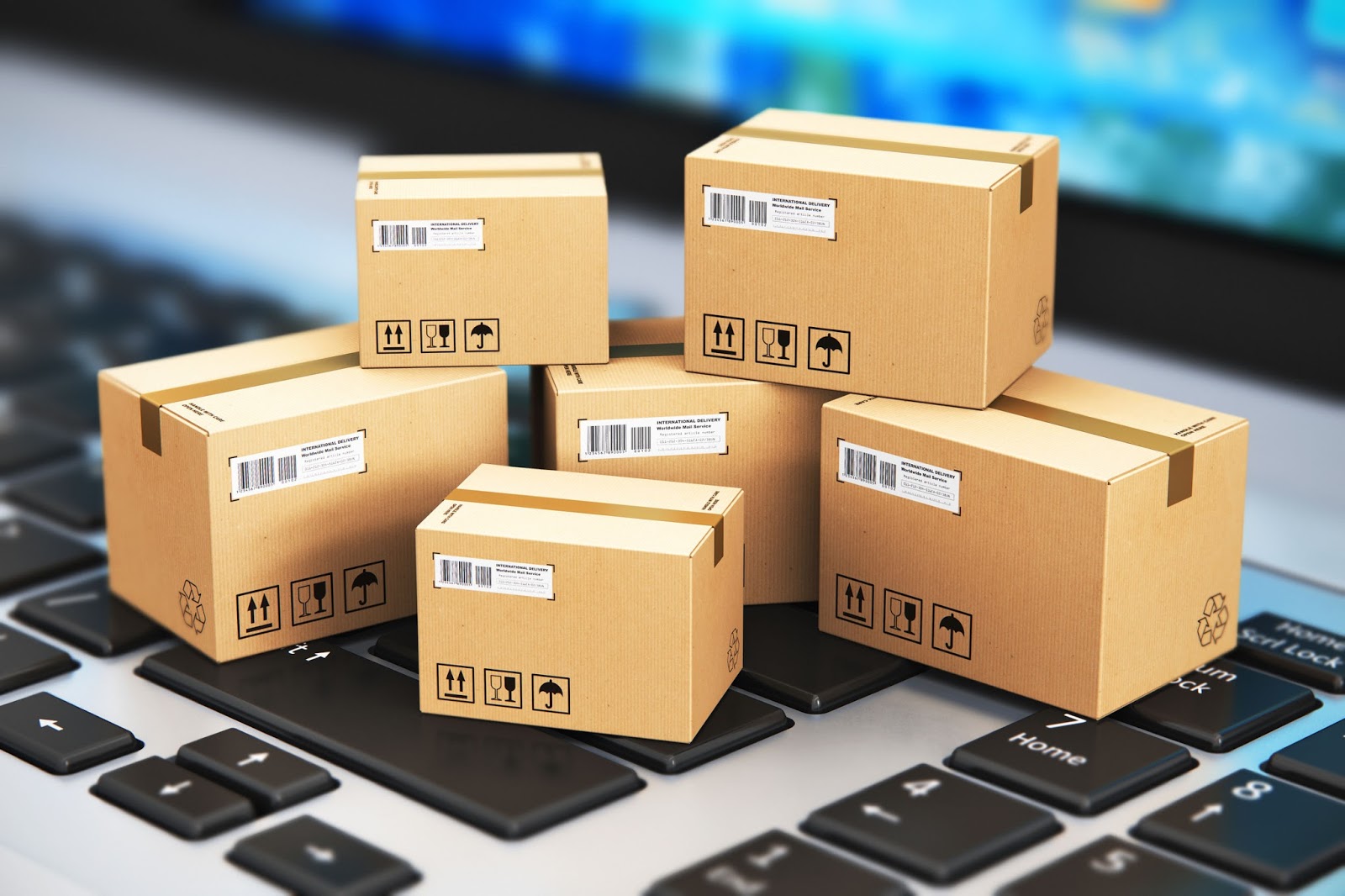Product packaging is a big business, and it is a big thing for your business too. The value of packaging produced in Australia goes into billions, which speaks of the importance of the industry. We tend to overlook that just like the product, the packaging in itself needs to be manufactured and assembled as well. If you think of it that way, your packaging is the first thing that attracts the customer. It is a given that as soon as he or she gets the package in hand, the first thought is to see how reliable it is. For this, you must be aware of the three basic categories of the packaging as per your product. You have primary packaging, the purpose of which is for a customer to take it home. Next up, secondary packaging, which is sort of packaging around your packaging. What it means is that it is used to group items together, such as trays and boxes etc. Lastly, we have tertiary packaging, which is used for warehousing and transportation, such as pallets and cartons. Among all these, it is necessary that you choose the right packaging for your product because your success depends on how the product is being presented. Here are some essential things to consider when designing product packaging.
Manufacturing:
To start off, the materials used in packaging play an important part. Choosing the right material depends on your product and the process through which it is created or being delivered. You must consider all your product variation plans in the long run, before finalizing the materials you will manufacture your packaging with. Your choice needs to be flexible enough to deal with the product variants, new products, promotions, and SKU changes etc. There have recently been many strong developments in the higher performing packaging material including Plastic Packaging Supplies that minimize the storage requirements and transportation costs. Not just this, but alongside the convenience, the appeal and the attractiveness has been maximized too. Moreover, among the top things, you must consider is the capability and the processes attached to your packaging from being manufactured to delivered too. Consider flexibility and stacking & transportation too, and we are sure you will find the material that sits true to your business and packaging needs.
Sustainable Business:
Environmental concern, sustainability and the associated terms are all the rage these days. Every business claims to manufacture and produce packaging or products that can easily be recovered and recycled. If you consider sustainability, it is good for the environment but not for your pocket. This is why, manufacturers must consider the right balance between the environmental impact of their packaging and the commercial demands. Consider that if you reduce packaging to meet the eco-friendly requirements, will your product be secure? On the flip side, if you invest more in packaging to secure the product, will it be sustainable for your business? Do weight in cost-effectiveness, sustainability, flexibility and other requirements to maintain your brand image. You can always opt for plastic packaging supplies in the end.
Supply Chain:
How your product is being stored and distributed is as important as the design and the manufacturing itself. This is where your supply chain is going to kick in. Firstly, consider the environment, because your packaging needs to withstand the crushing Australian temperature, dust, moisture and vibration etc. Secondly, consider the type of your item and what kind of packaging will keep it safe throughout the stocking and moving process. Once you have considered both, you will know what sort of material is feasible for your supply chain process.
Once you have finalized the practical and operational aspect of it all do not forget that the ‘shelf appeal’, which is the branding and marketing of your business product, matters too. Around 70% of the purchasing decisions are made in-store, and that clearly implies that your packaging often attracts the buyers. So think, think, think, brainstorm and continually innovate. You will have the best product packaging and an answer to all your cost problems that might arise in between. Just be sure that you don’t hurry and choose whatever suits your products the most.
Read Also:






















